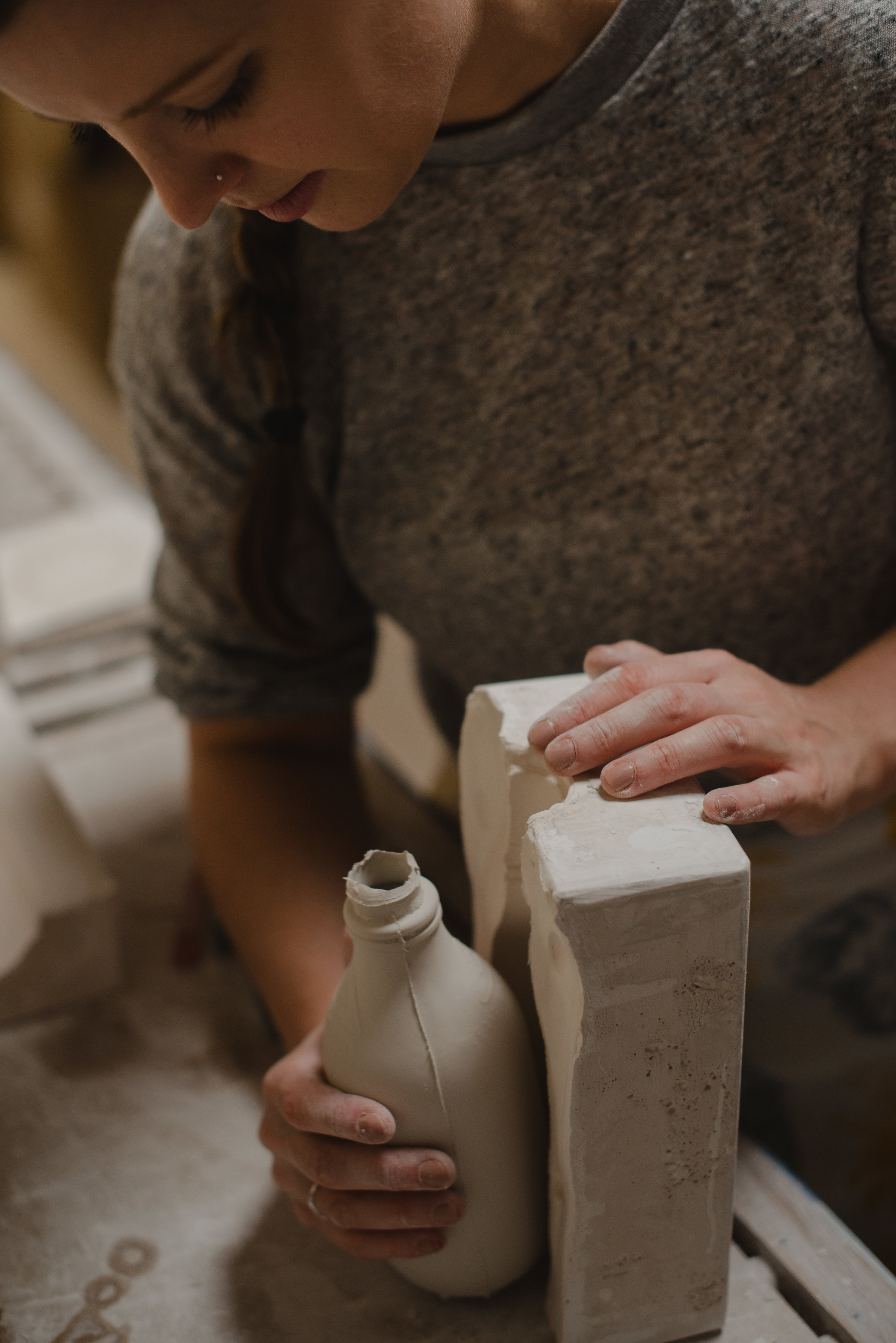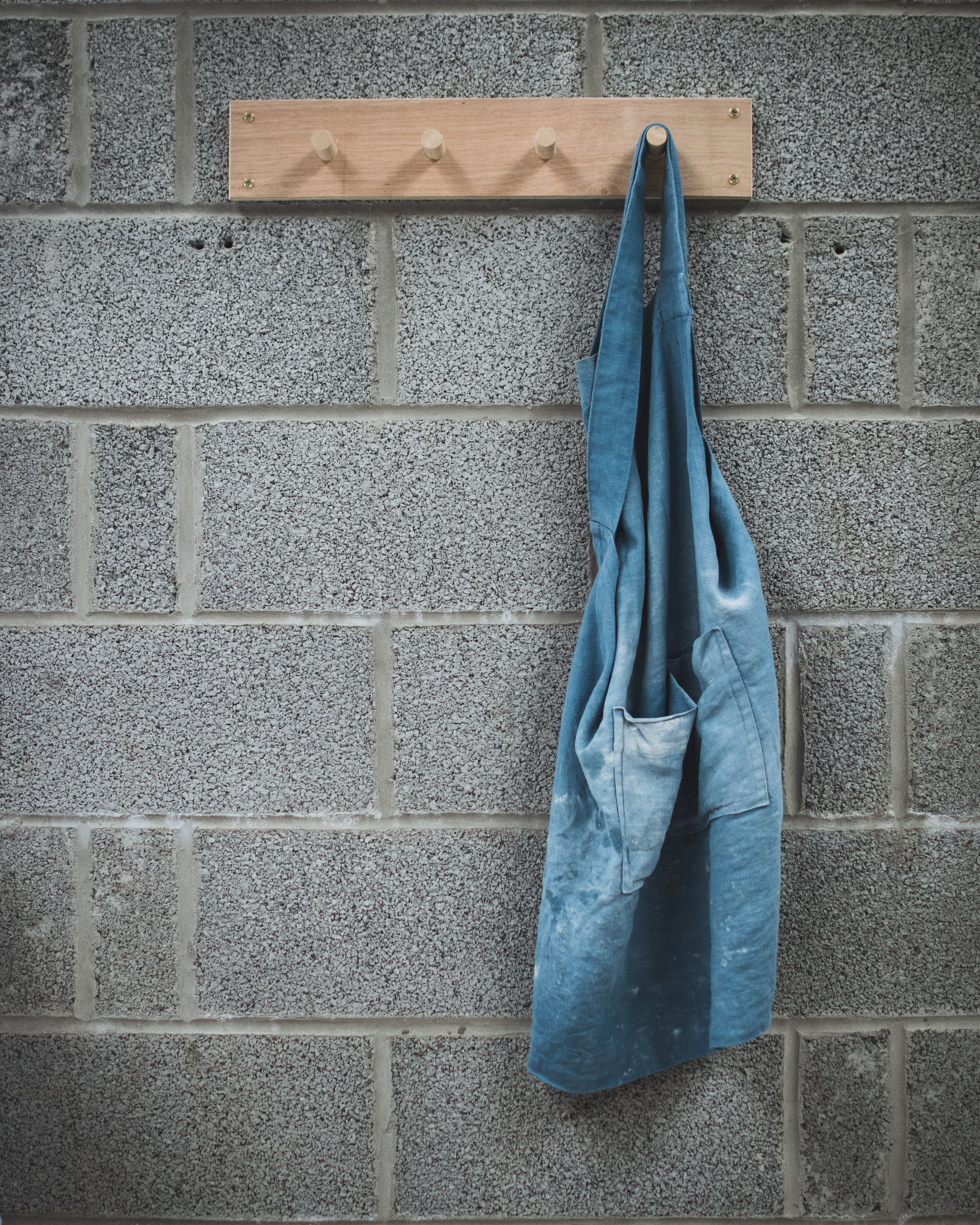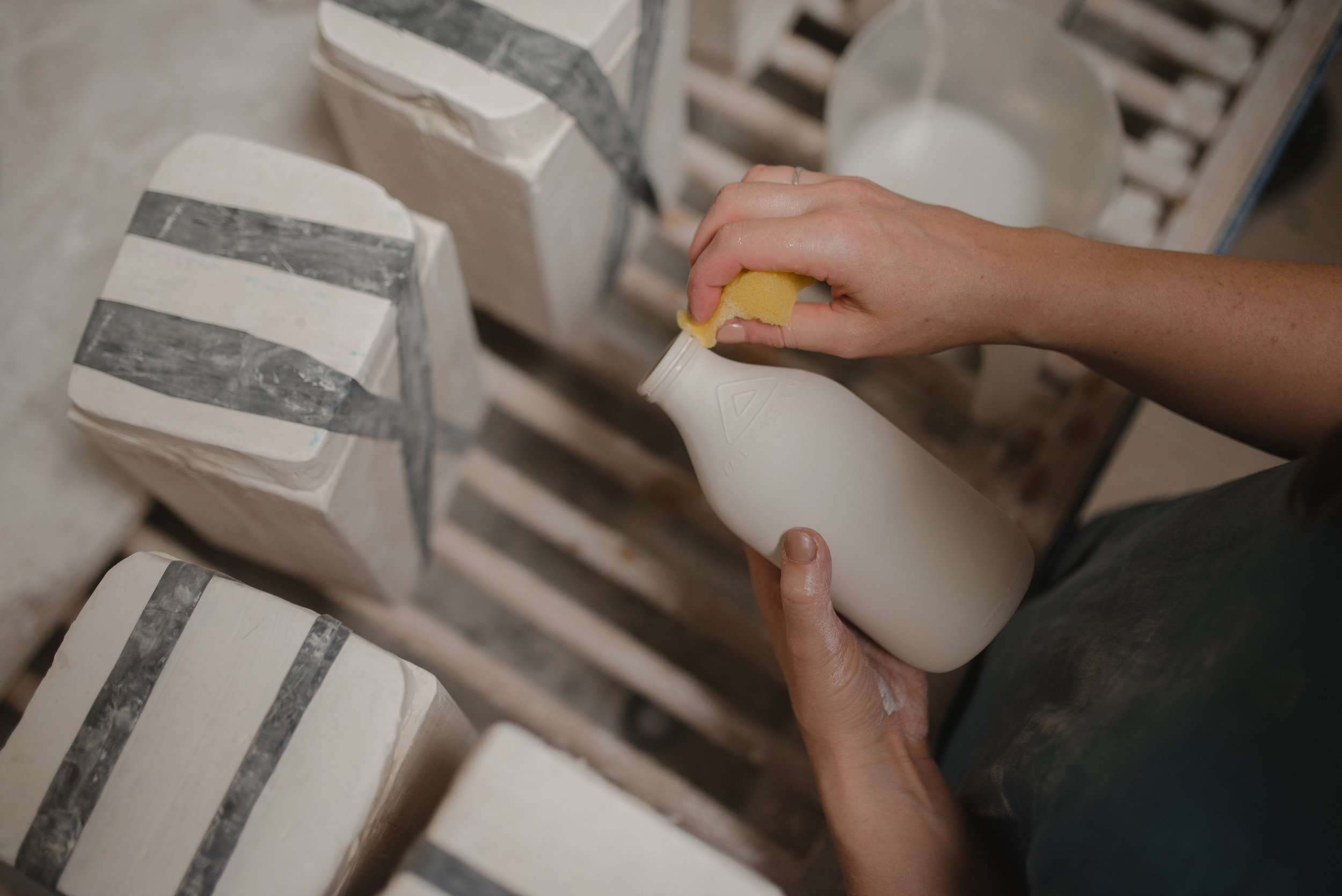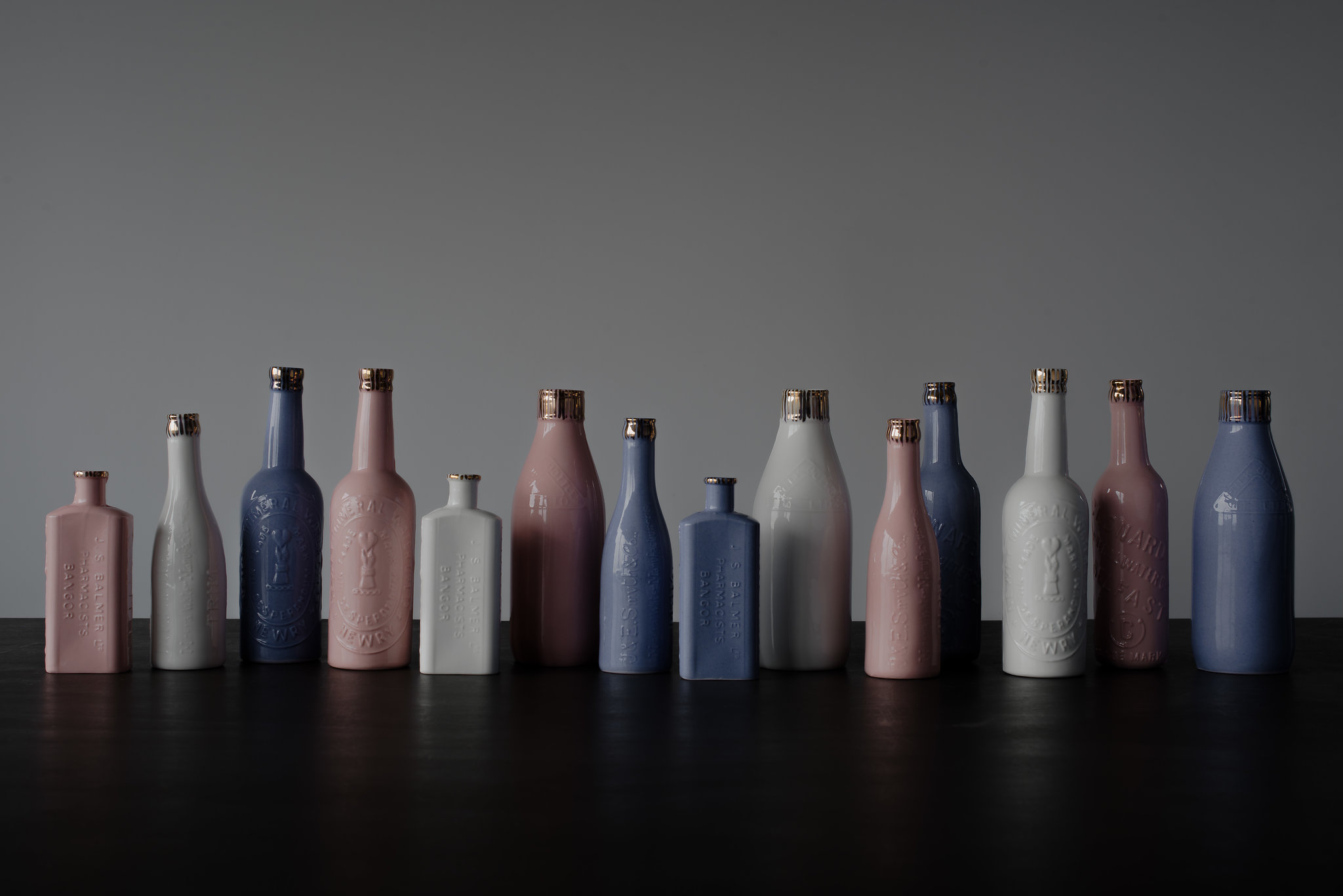The Potters Cast podcast has been a firm favourite in the studio over the last couple of years, a twice weekly gift that has really inspired and motivated me to keep doing what I love - making things out of clay whilst making a living. The winter is long in rural County Down and at times can feel quite isolating so the Potters Cast has been a warm reminder that I am not alone in the challenges I face as a solo maker working in ceramics.
When Paul Blais contacted me to be on the show, I obviously jumped at the chance whilst feeling quite nervous about the whole experience. Paul was as friendly and warm as ever and made me feel super comfortable from the start.
Click below to hear me talk about my clay career, inspirations and the support that has allowed me to keep this dream alive.












